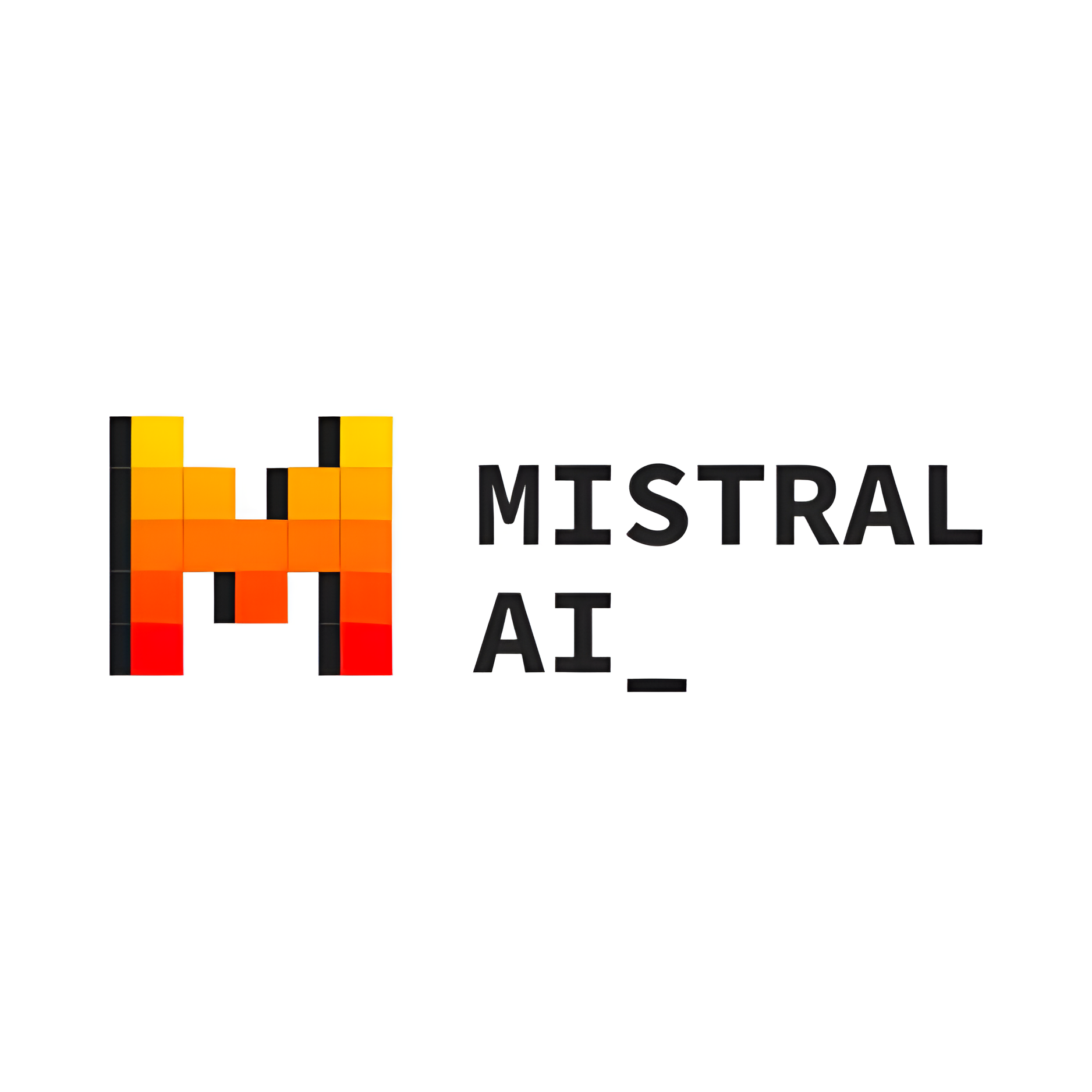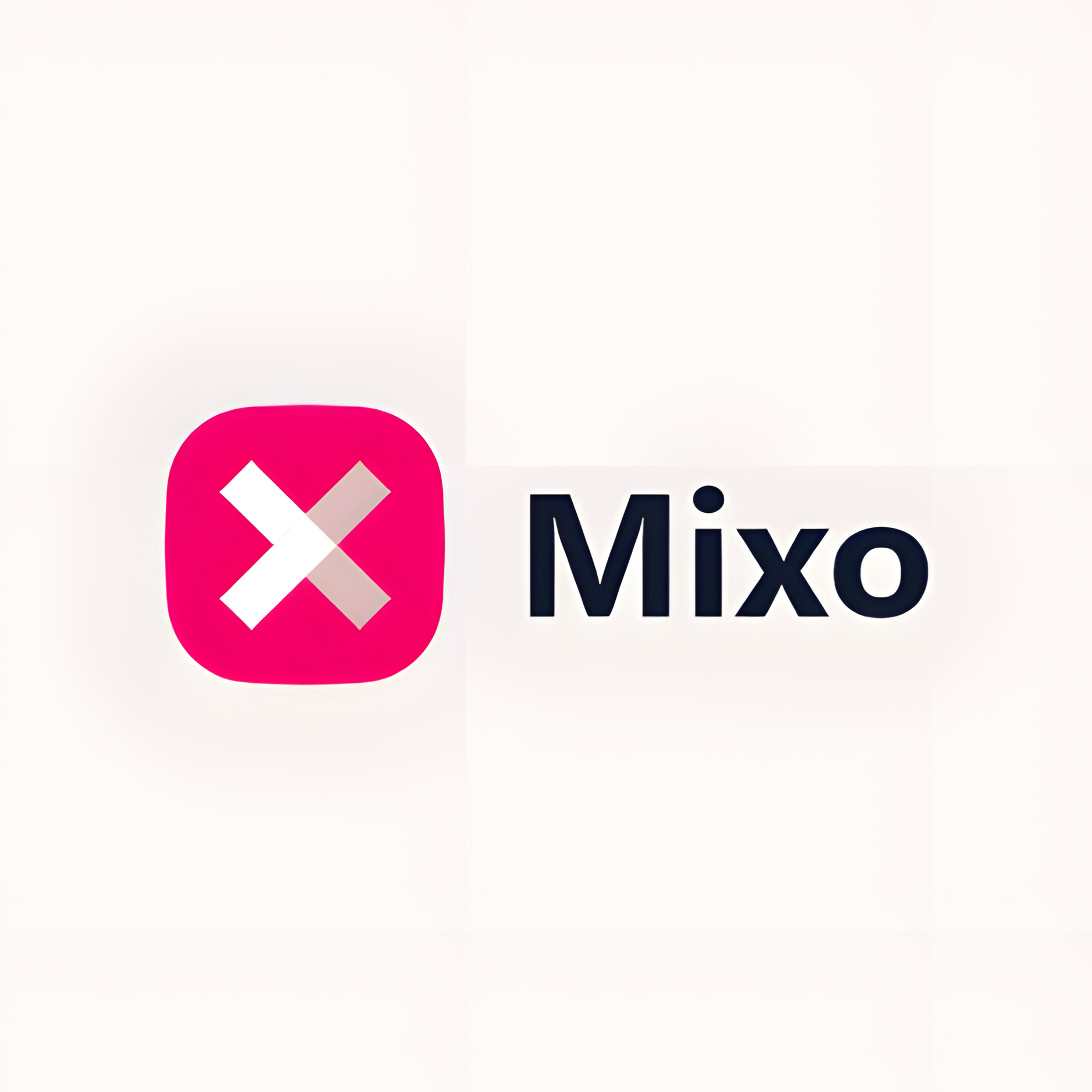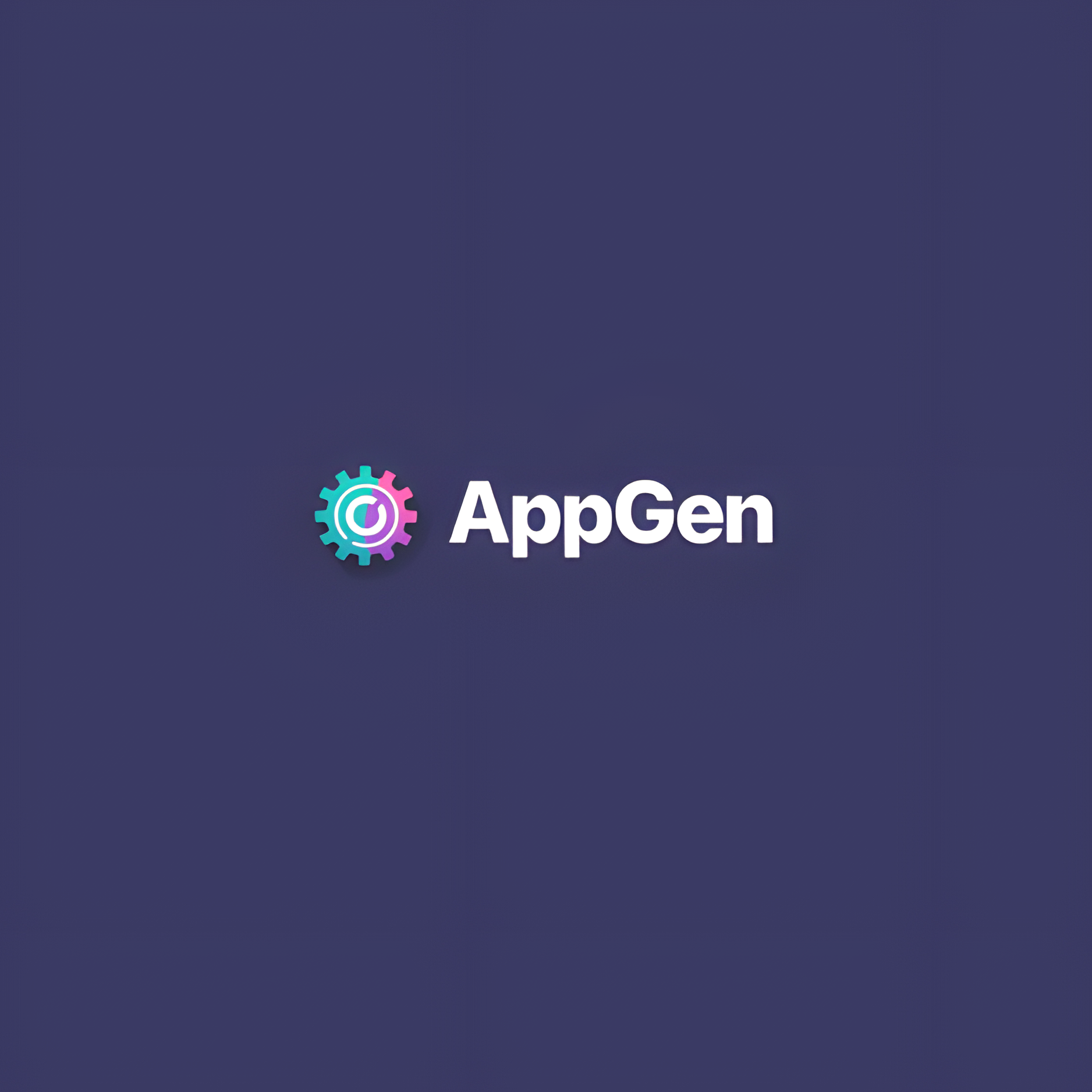Overview
SubPage is an AI-powered platform designed to streamline the creation and management of blogs, making it ideal for content marketers, businesses, and individual creators. It offers a comprehensive suite of tools including an AI blog writer, SEO optimization, lead capture forms, and plagiarism checking to ensure high-quality and original content. The platform also features a user-friendly interface with a real-time editor, content calendar, and customizable blog layouts tailored for SaaS companies.
SubPage simplifies the blogging process with features like automatic meta-tag optimization, responsive design, and fast loading speeds, ensuring that blogs are both visually appealing and perform well across devices. The platform's analytics tools provide insights into visitor engagement and lead generation, helping users refine their content strategies for better results.
Additionally, SubPage supports seamless collaboration, allowing multiple team members to work on content simultaneously. With a free trial available, users can explore its capabilities before committing to a subscription. SubPage combines powerful AI tools with intuitive design to enhance content creation and boost online presence.
Key features
- AI blog writer: Generate high-quality blog posts quickly with advanced AI-powered content generation, tailored to your specific topics and audience preferences. This feature ensures that your content is engaging, relevant, and optimized for readability.
- SEO optimization: Automatically optimize meta tags, URLs, and images to improve search engine rankings and drive organic traffic. The AI analyzes your content and suggests improvements to enhance its visibility on search engines.
- Lead capture forms: Integrate newsletter sign-ups, download forms, and other lead capture mechanisms directly into your blog posts to convert traffic into actionable leads. This helps in building a robust email list and nurturing potential customers.
- Plagiarism checker: Ensure the originality and credibility of your articles with a built-in plagiarism detection tool. This feature scans your content against a vast database to identify any potential plagiarism issues, ensuring that your content remains unique.
- Content calendar: Plan and schedule your blog posts in advance for consistent publishing and improved traffic management. The content calendar helps you organize your content strategy, ensuring a steady flow of fresh content to engage your audience.
 Pros
Pros
- Streamlined content creation: AI tools help generate and optimize content efficiently, saving significant time and effort compared to traditional methods. This allows you to focus more on strategic aspects of content marketing.
- Comprehensive analytics: Detailed metrics provide insights into blog performance, visitor engagement, and lead generation. These analytics help you understand how your content is performing and make data-driven decisions to enhance your strategy.
- Collaboration support: Real-time editing and sharing capabilities enhance teamwork and productivity, enabling multiple team members to work on content simultaneously. This fosters a collaborative environment and streamlines the content creation process.
- Customization options: Tailor blog layouts and themes to match your brand's identity and style. The platform offers extensive customization options, allowing you to create a unique and cohesive look for your blog.
 Cons
Cons
- Subscription costs: Full access to premium features requires a paid subscription, which might be costly for some users, particularly small businesses or individual creators. This could be a barrier for those looking for a budget-friendly solution.
- AI content quality: Although the AI generates high-quality content, it might not always meet specific stylistic requirements, necessitating manual edits for refinement and brand consistency.
- Customization limitations: Some advanced customization options may require technical skills or additional tools. Users seeking highly specific design or functional features might find the platform's capabilities insufficient without extra customization or third-party integrations.
- Platform dependency: Relying heavily on SubPage for content creation and management might make it challenging to switch to other platforms in the future, potentially causing dependency issues.










